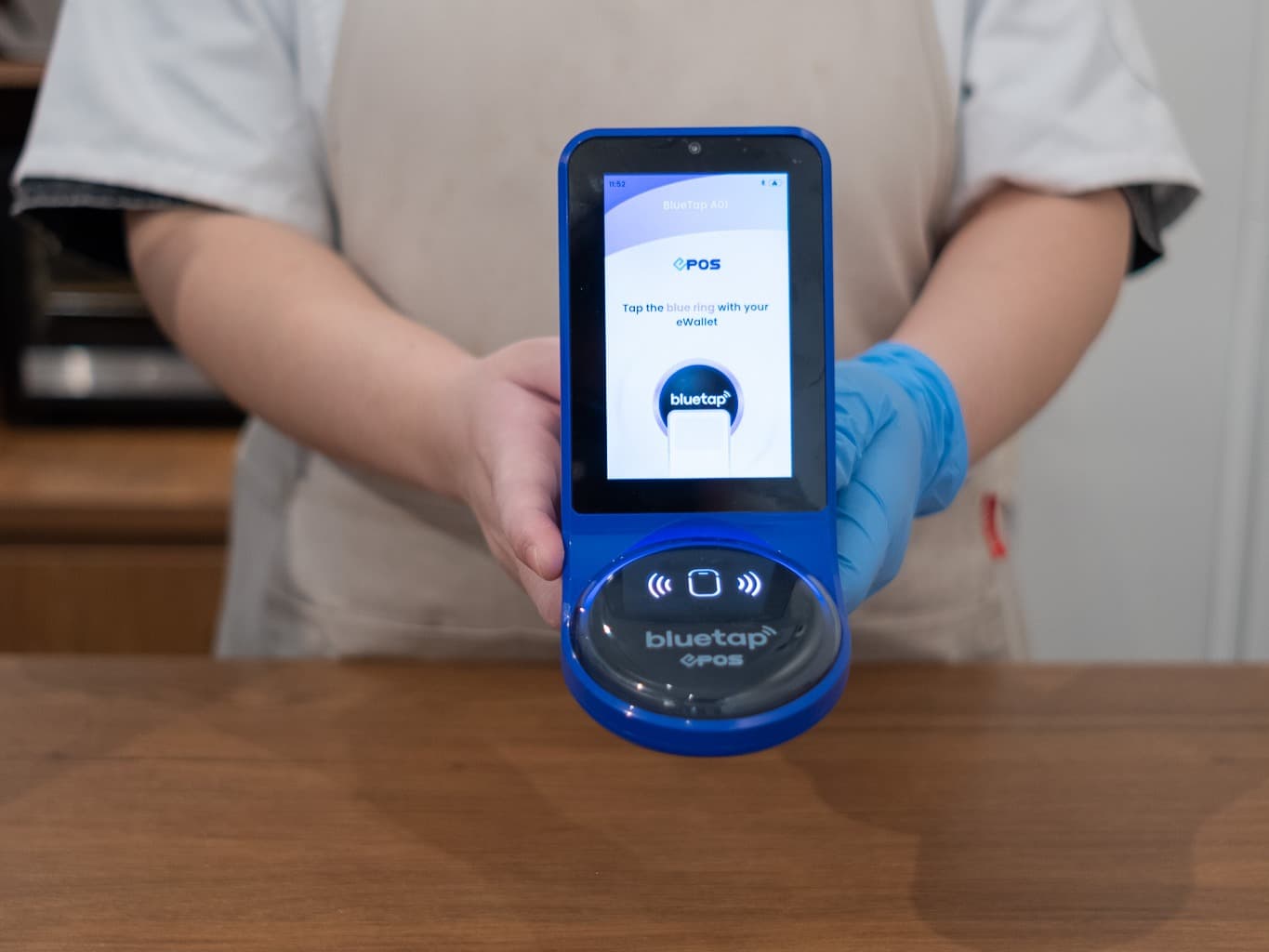
By: René Seifert, co-head of TrueProfile.io
One of the biggest challenges facing the NHS currently, is staff shortages. The added pressures of the Covid-19 pandemic has only deepened the crisis further. According to the Kings Fund, “the added pressure of the pandemic has left many staff physically and mentally drained, but health and care services have been dogged by staff burnout and workforce shortages for many years. Despite this, successive governments have seen health and care workforce pressures as a problem for tomorrow.” 1
These findings will set alarm bells ringing amongst NHS decision-makers to ensure staffing demands are sufficiently met. On top of this, the Nursing and Midwifery Council recently warned that while 15,000 more nurses, midwives and nursing associates were now registered compared with March 2020, “the rate of growth has slowed and the longer-term
impact of Covid-19 on a workforce under increasing pressure is a clear concern” 2 .
Following the UK’s withdrawal from the EU earlier this year, a key talent pool that it had relied upon for decades is now further out of reach – with approximately 170,000 of NHS staff registered as non-British (almost 14%) 3 . The NHS must now adjust its recruitment process to ensure international workers continue to be onboarded seamlessly and efficiently.
So, how can the NHS safely streamline its recruitment process to ensure that overseas applicants are properly screened whilst at the same time cutting the recruitment red tape?
The challenges of international recruitment
Healthcare workers all over the world are readily available to join the front line to tackle the crisis, but are unable to do so anytime soon. Recent reports that international healthcare workers are facing delays are therefore no surprise and is an all too familiar story. Verifying the credentials of any candidate from overseas can be a drawn-out process which is difficult to perform without a strong network of regional knowledge and contacts. Add to this the complexities of language barriers and the process becomes even more of an uphill struggle.
Technology to the rescue
Streamlining international recruitment processes is not a straight-forward task, but there are new technologies on hand to step in and ease these pressures. In particular, the latest blockchain offerings can be used to transform the document verification process, providing a ‘verify once, use forever’ approach to verifying an applicant’s credentials. This removes the
continuous churn of verification requests every time an international healthcare worker applies for a new role, allowing UK regulators, HR managers and NHS recruiters to seamlessly tap into international talent pools without fear of inefficient processes that cause problems on the way. Not only that, but the immutable nature of the blockchain ensures the integrity of the verified documents. So, not only do the latest blockchain offerings ensure a secure and reliable process, but also drastically saves on tedious admin tasks.
Adopting this approach will also boost patient safety and confidence within the professionals treating them. The robust blockchain verification process will ensure that unqualified applicants fail to progress past the screening process.
Staying ahead of the deficit
The Covid-19 pandemic has accelerated the role in which technology can play in our day-to- day working lives. However, to ensure that the health sector continues to operate more efficiently, reduce skill shortages and optimise any investment being made in international recruitment, it is critical that research and development into the latest technologies continues in order to drive progression across the sector.
Harnessing the latest technologies to quickly and securely verify overseas workers will tackle the skills shortage crisis, ensure legitimate, qualified workers are employed, whilst increasing patient safety and confidence as a result. Investing in solutions such as blockchain will ease and simplify the entire recruitment process for the NHS. The latest advancements in technology now enable NHS Trusts’ to abandon the outdated, bureaucratic processes currently in place for a more streamlined and safer solution.
Immediate action required
There’s been a shortfall of around 100,000 health workers for years across NHS trusts. It is estimated that this figure could hit 350,000 by 2030 – leaving one in six posts unfilled 4 . These findings, accompanied by the sense of dissatisfaction amongst NHS workers, reiterate the need to overhaul current processes in order to utilise the international talent pool as effectively as possible.
Blockchain offers the NHS a secure and efficient alternative when sourcing talent. The pandemic has edged the NHS dangerously close to the financial edge, but technology is on hand to offer a lifeline to the UK’s largest employer. It is now crucial for NHS trusts to invest in the necessary technologies to help resolve its inefficient recruitment processes before the
crisis becomes untreatable.
[1] https://www.kingsfund.org.uk/press/press-releases/bitter-irony-health-care-staff-made-ill-committee-
report-workforce-burnout-resilience
[2] https://www.ft.com/content/f2ace7d9-59ce-406c-9db6-a844e6806e05
[3] https://www.thelondoneconomic.com/politics/dido-harding-vows-to-end-nhs-reliance-on-foreign-
workers-277237/
[4] https://www.tribepad.com/recruitment-and-hr/the-6-biggest-challenges-healthcare-recruitment-faces-
in-2021/


